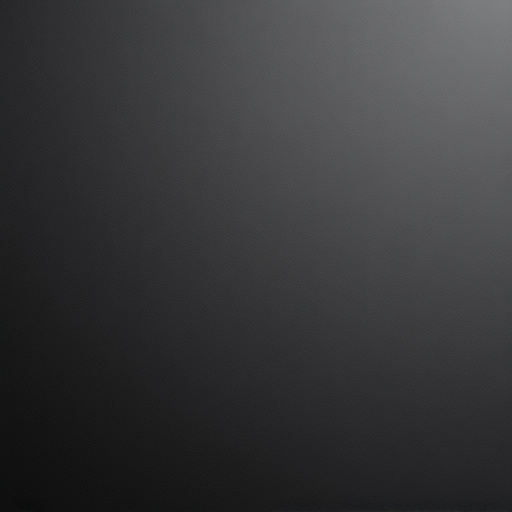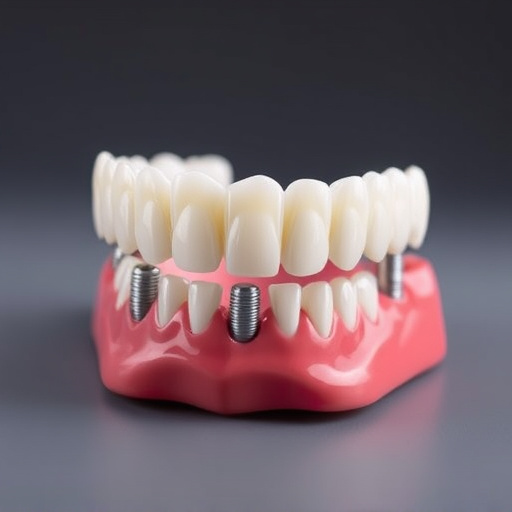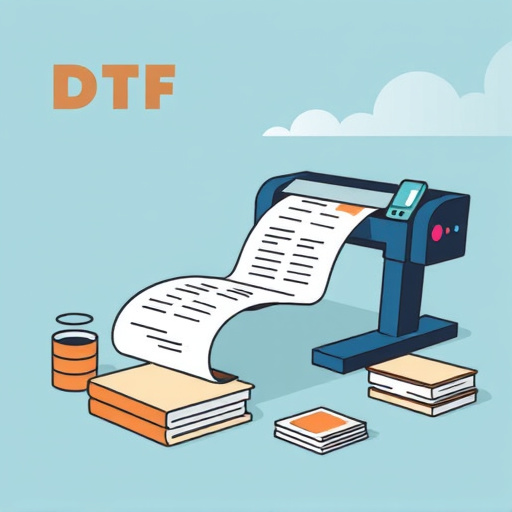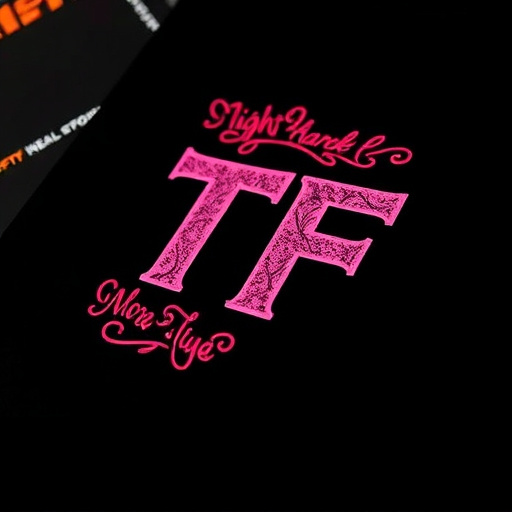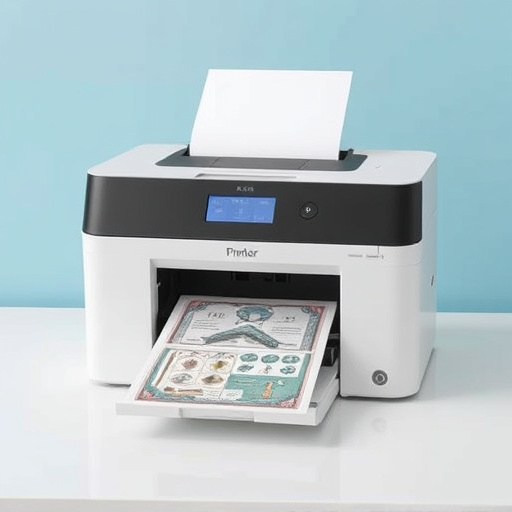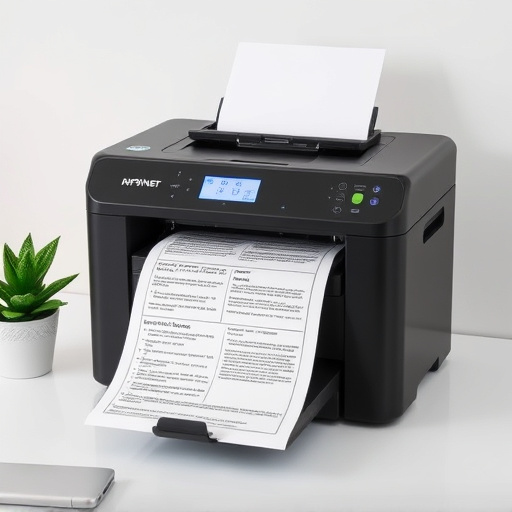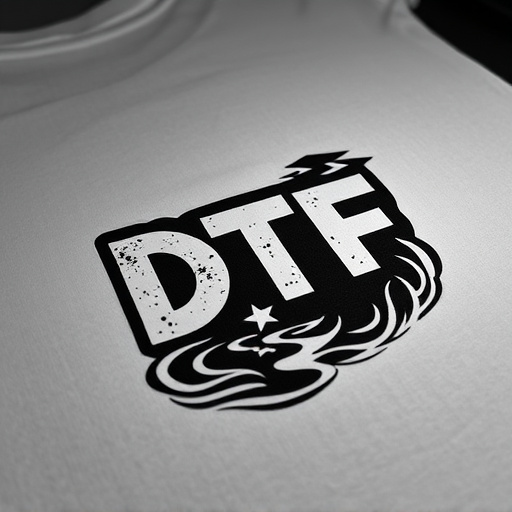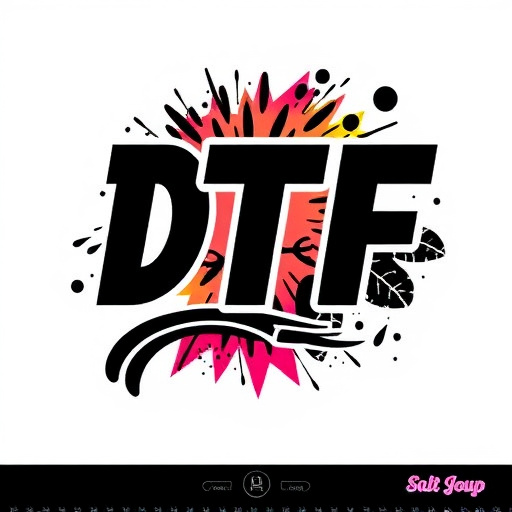DTF (Direct to Fabric) transfer gang sheets optimize fabric printing by organizing print data into manageable sections, reducing waste, and enhancing productivity. These specialized sheets streamline setup times, minimize material usage, ensure consistent results across fabrics and ink types, and facilitate faster turnaround with precise heat and pressure application. Using advanced tools like a DTF gang sheet builder, businesses can create custom layouts tailored to specific project needs, simplifying file preparation, improving quality checks, and ultimately enhancing DTF transfer delivery capabilities.
In the realm of printing, the Direct-to-Film (DTF) transfer process is a game-changer, offering vibrant, precise results. However, achieving optimal efficiency in DTF transfers presents challenges. This article explores how DTF Transfer Gang Sheets revolutionize this process. We delve into understanding the complexities of DTF transfers and the crucial role gang sheets play in enhancing speed, quality, and cost-effectiveness. By implementing and optimizing these sheets, print professionals can achieve outstanding outcomes.
- Understanding DTF Transfer and Its Challenges
- The Role of Gang Sheets in Enhancing Efficiency
- Implementing and Optimizing Gang Sheets for Maximum Impact
Understanding DTF Transfer and Its Challenges
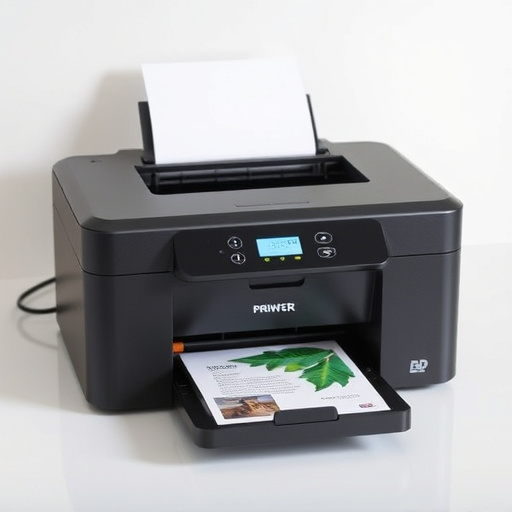
The Direct to Fabric (DTF) transfer process is a cutting-edge method for printing designs directly onto fabric, offering unparalleled versatility and speed compared to traditional methods. It involves precisely applying heat and pressure to transfer inks or dyes from a carrier sheet to the fabric, creating high-quality, long-lasting prints. However, this technology also presents unique challenges. Factors like ink type, fabric composition, temperature control, and pressures can significantly impact print quality and efficiency. Moreover, for businesses catering to diverse customer preferences, managing custom DTF transfers for small orders while maintaining speed and accuracy is a complex task.
Gang sheets, essentially multi-layer carrier sheets designed for DTF transfer, emerge as a powerful solution to these challenges. By employing gang sheets, printers can streamline the process, reduce set-up times, and minimize waste. These sheets allow for the simultaneous printing of multiple designs onto separate fabric pieces, enhancing productivity, especially when handling a mix of custom dtf transfers and small orders. Furthermore, the use of gang sheets enables precise control over heat and pressure application, ensuring consistent results across different fabrics and ink types—a key aspect in achieving optimal DTF heat transfer efficiency.
The Role of Gang Sheets in Enhancing Efficiency
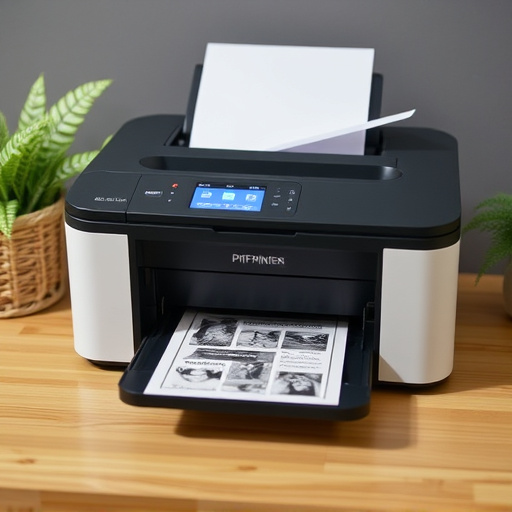
Gang sheets play a pivotal role in enhancing the efficiency of DTF (Direct to Fabric) transfer processes. These specialized layouts optimize fabric printing by organizing and grouping print data into manageable sections, known as gangs. Each gang sheet is designed to efficiently utilize inkjet printers’ hardware capabilities, reducing waste and optimizing material usage. This not only minimizes costly re-loads but also enhances overall print productivity.
By leveraging a dtf gang sheet builder, printers can meet stringent dtf design requirements while maintaining exceptional dtf print quality. The strategic arrangement of patterns across gang sheets allows for larger print runs with reduced setup times, making it an ideal solution for bulk fabric printing. This streamlined approach ensures that each print job is not only executed promptly but also contributes to a more sustainable and cost-effective production environment.
Implementing and Optimizing Gang Sheets for Maximum Impact
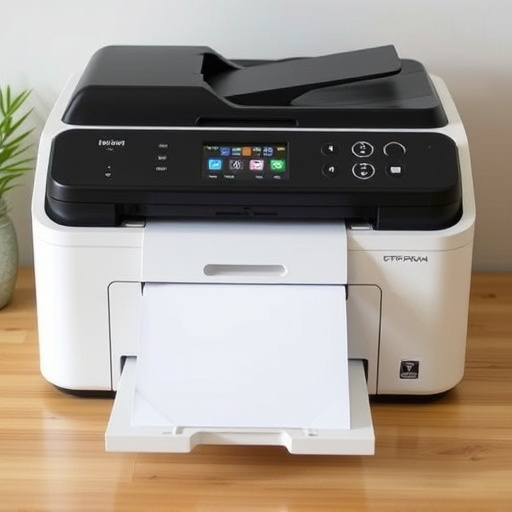
Implementing Gang Sheets for DTF (Direct to File) transfers is a strategic move that can significantly enhance production efficiency. These sheets, designed to organize and streamline data transfer processes, play a pivotal role in ensuring fast and accurate file preparation. By adopting a structured approach with gang sheets, businesses can optimize their DTF workflows. This involves carefully mapping out the process, identifying potential bottlenecks, and allocating resources accordingly.
To maximize impact, consider using advanced tools like a DTF gang sheet builder. Such software enables users to create customized sheets tailored to specific project needs. It simplifies file preparation by organizing data in a gang-style format, facilitating efficient quality checks and ensuring consistency across transfers. This, in turn, leads to faster turnaround times and reduced errors, ultimately improving overall DTF fast delivery capabilities.
Gang Sheets play a pivotal role in optimizing DTF Transfer efficiency by streamlining processes and reducing waste. By implementing these sheets, manufacturers can achieve significant improvements in production speed and quality. Through strategic optimization techniques, such as material selection, sheet sizing, and press setup, DTF Transfer Gang Sheets become a game-changer for print-on-demand and short-run industries. Embracing this innovation ensures faster turnaround times, cost-effectiveness, and superior output, solidifying the importance of Gang Sheets in modern printing practices.
